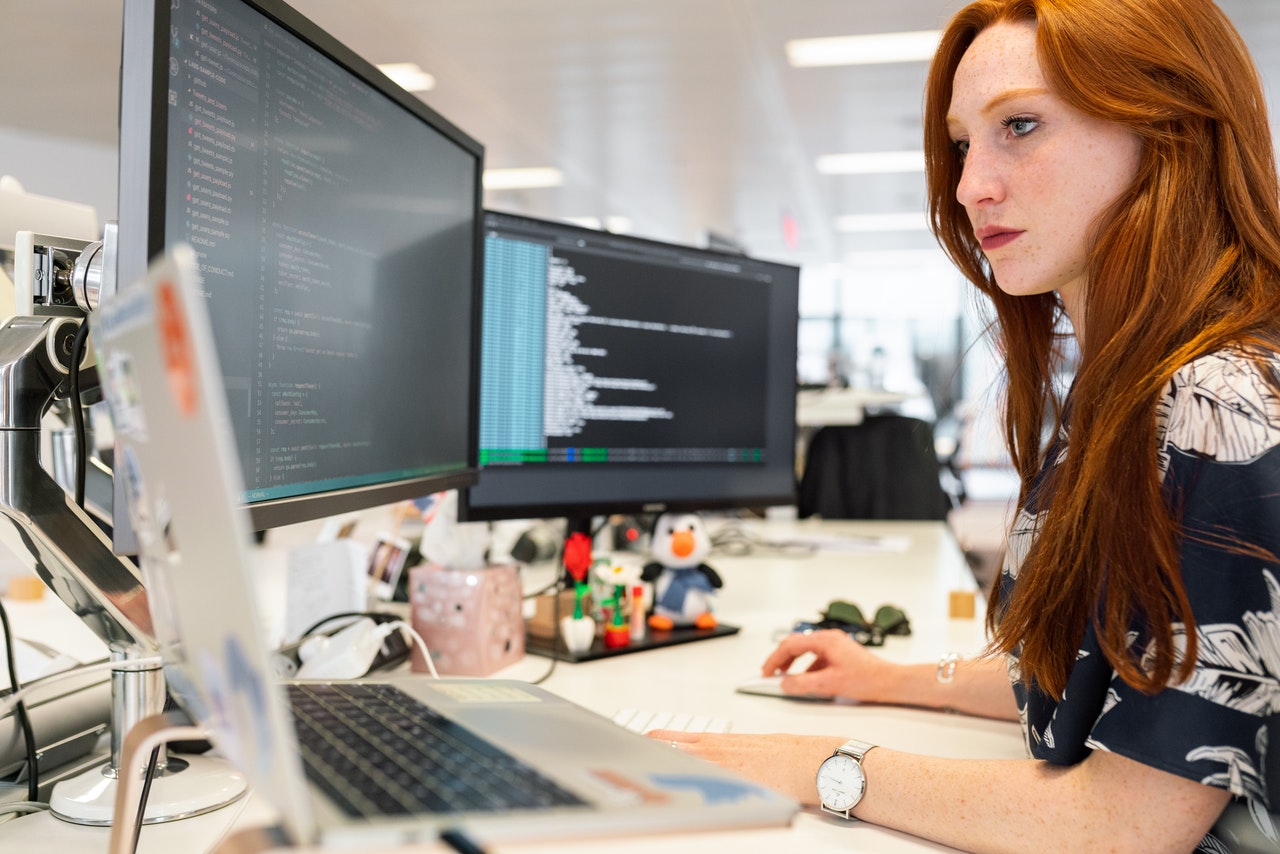With further advent of 2025, eCommerce is still changing, and one of the most exciting trends that are rewriting the rules of the game is headless commerce. Headless commerce would be a decentralized approach to an eCommerce system because it separates a front end or user-facing aspect of the design from the back-end or the technical part of its functioning, from where orders can be processed or managed products plus all customer’s data. End.
Although the speed at which technologies evolve makes the head spin, more and more businesses will adapt to headless commerce because a headless setup is what a digitally native focus of today’s consumer requires in order to be engaged. And this is what we would have in the coming year, detailed about headless commerce: 2025

Hyper-Personalization Would Be Center Point
Hyper-personalization is going to be the most overarching headless commerce strategy in the following few years. It makes use of the data from the customers as well as machine learning algorithms, thus transcending simple product recommendations to allow a much more highly individualized experience.
Artificial intelligence and machine learning applications will be far more complex in 2025 to make the shopping experience personalized across all channels. It would either be the landing page, very highly personalized; or dynamic content adapting in real-time based on a user’s behavior. Headless commerce will give the flexibility to deliver those experiences that resonate with consumers.
That means brands will be able to add data from everywhere. Web, mobile, voice search, and even AR/VR interfaces can provide uniform, personalized experiences. A shopper might get product suggestions based on browsing history, but also based on the time of day, where they are, or what they’re posting on social media.
More API-First Integrations
One of the foundational elements of headless commerce is APIs, or Application Programming Interfaces, which help in integrating multiple systems and tools. By 2025, API-first integrations will be in use since that is where the business will integrate their eCommerce platforms with marketing automation, inventory management, the customer service platform, etc.
It’s beautiful with commerce API-first as the firm will be responsive to any kind of change the way technology operates or how a consumer operates without needing to rebuild the whole system. The headless eCommerce development agency will find quite straightforward adding in support for any new payment gateway, a new chat service or a supply chain management tool—all this kind of environment, which is very flexible and adaptable.
Voice Commerce Shall Be More Prominent
Voice search and voice commerce are picking up pace fast, and by 2025, it is going to play a big part in the eCommerce landscape. The virtual assistants that are there-think Amazon Alexa, Google Assistant, and Siri from Apple will be everywhere and headless commerce systems shall be optimized for the voice interactions as well.
Headless commerce will allow enterprises to offer much more integrated experiences in voice shopping. Imagine customers surf, search, and buy products just by voice, whether on the smart speaker or mobile or, for that matter, even on the car infotainment system. This will challenge the brands to work out voice-optimized websites and a shopping experience wherein the user goes through a smooth intuitive experience independent of the traditional navigation of the website.
Omnichannel experiences will go to a new level
Even though omnichannel strategies exist for decades now, headless commerce will make it highly accelerated. Headless Commerce is agile where companies can start new channels within days, in point of fact within weeks as this places them quickly to react when the latest emergent technologies enter the fray-from Smart TVs-to wearables- to virtual and augmented reality- Brands will want to create content about the product-the device or even media-ideally in that device or its native applications- that makes a streamlined experience where linear and immersive experience facilitates multifaceted view touchpoints’ shopping.
Increased Usage of Augmented Reality (AR) and Virtual Reality (VR)
The trend that is most definitely going to play a game in 2025 is augmented reality integrated into the shopping experience and virtual reality. Headless commerce development platforms suit the support needed for AR/VR experiences ideally because they empower organizations with the ability to integrate these new technologies into the online stores fairly smoothly.
By 2025, a far larger percentage of brands will use AR so that customers could see the products they intend to buy in a real-world environment before deciding on a purchase.
Subscription and Membership Models
Subscription and membership models have run utterly on pace since the recent past years, and till these years, this headless approach going to cur fewer headless courses for the trading of products and services. Flexible systems of headlessness from headless architecture enable an offering of large-level customized subscription-based options based upon particular requirements.
Whether it is a subscription box service or exclusive membership privileges or a repeating delivery service headless commerce will enable brands to customize recurring shopping experience that continuously pays off for their customers. Combining with any payment gateway along with CRM along with inventory managing systems will handle subscriptions and membership at scale by businesses.
Frictionless Payments and Checkout Experiences
Just in time for those to be digital wallets and biometrics authentications, it will make giving frictionless secure checkout experiences less complex for such businesses. The recent period brings much more than innovation in how customers will pay for what they buy-far beyond the “buy now pay later” including digital currencies such as BTC and biometrics authentication, in the form of facial recognition even.
This will avoid the sidestepping of customer journey, making easier the integration of the newest trends in payment for business without necessarily breaking their eCommerce flows. This might be the introduction of new gateways to receive payments or actually allowing customers to pay through a preferred means. Headless commerce will ensure very seamless checkouts.
AI-Based Customer Support and Chatbots
With artificial intelligence, customer service also would be altered. By 2025 or five years from now, AI-based chatbots and virtual assistants would start coming into eCommerce as the new norm to support customers, real-time with their queries, thereby answering customers’ questions in far lesser time compared to support teams.
It would be supported 24/7 on different channels like the website, mobile apps, social media, and messaging platforms. All this can range from a simple question related to product information to tracking an order. In this manner, customer satisfaction will increase with a reduction in the operational cost.
Conclusion
From the perspective of how businesses would connect to customers, manage their digital assets, and create shopping experiences that did not cause friction, headless commerce stands on the cusp of revolutionizing its method of doing business in 2025 and beyond. Immersive technologies, such as augmented reality, have spawned voice commerce with hyper-personalization and omnichannel experiences.
As these trends play out, business companies embracing headless commerce are more likely to meet the new-age consumer and contribute to growth in an increasingly digital-first world.
Author Bio.
Bhumi Patel has vast experience in Project Execution & Operation management in multiple industries. Bhumi started her career in 2007 as an operation coordinator. After that she moved to Australia and started working as a Project Coordinator/ Management in 2013. Currently, she is the Client Partner – AUSTRALIA | NEW ZEALAND at Magneto IT Solutions – a leading Web Development Company in Australia, where she works closely with clients to ensure smooth communication and project execution also forming long term partnerships. Bhumi obtained a Master of Business Administration (MBA) in Marketing & Finance between 2005 and 2007.


















